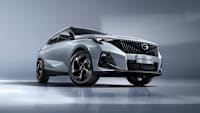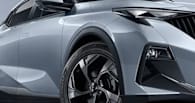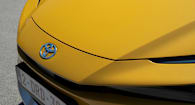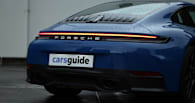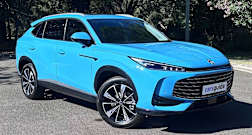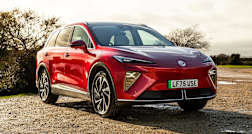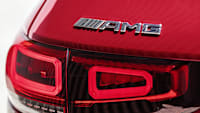Driver alert systems have gone too far and my opinion is that these systems, which are designed to help us focus on the road and keep us safer, actually do the opposite.
The repercussions of annoying alerts will affect consumer buying habits and may force Australia’s crash safety authority, ANCAP, to rethink the criteria for a five-star rating.
There have been some amazing advances in safety technology across the 15 years I've been reviewing cars. When I started, the most advanced tech vehicles had were electronic stability control and ABS. Then we saw the arrival of other tech such as blind spot warning, lane keeping assistance, rear cross traffic alert and Autonomous Emergency Braking (AEB). All amazing and life-save advancements in safety technology.
-
Only four stars in Australia? 2025 Cupra Tavascan electric SUV misses out on full five-star ANCAP safety rating due to missing equipment
-
Big upgrade for zero star car: 2025 MG5 retested by ANCAP following safety upgrade for cut-price 2025 Hyundai i30, Kia K4, Mazda 3 and Toyota Corolla rival
-
How much would you pay for safety? Chinese brand JAC spills on the staggering cost of a five-star ANCAP safety rating for its 2025 JAC T9 ute
Now we’re in an age of driver and environment monitoring systems — technology that can detect if a driver yawns or if they’re distracted by their phone or haven’t noticed that the speed limit has changed. That all sounds splendid, like little elves and fairies that gently watch over us. And for somebody who grew up in the 1980s when so many road fatalities were attributed to fatigue and distraction the idea of tech that can prevent such situations seems vital.
The problem is the functionality of these driver and environment monitoring systems is so intrusive that it becomes the distraction itself.
My current long-term test vehicle is a GWM Tank 500 large SUV and one of the reasons why it received the maximum five-star ANCAP safety rating is because it features a high level of driver alert technology.
The problem is the Tank 500’s driver fatigue monitoring system is beyond infuriating. I found that I can't even look at my speedo in the instrument cluster without being told by the system that I'm not focused on the road.
.jpg)
“Please stay focussed on the road,” the car says smugly.
I'm told the same thing even if I'm talking to somebody else in the cabin. There have even been times where I’ve been looking to see if somebody is about to walk onto a pedestrian crossing and it’s triggered the system believing I’m not paying attention. The constant reminding by the system in this audible way is only serving to distract me further.
Then there is the speed warning system, which detects if you are driving less than two kilometres over the speed limit.
.jpg)
Let’s say the speed limit is 50km/h. This is the message each time: “The speed limit is 50km/h. You are driving over the speed limit.”
The speed warning activates everywhere — from empty carparks where the limit is 5km/h to remote deserted highways.
The Tank 500’s alert systems can be adjusted for sensitivity but not turned off completely.
And it’s not just the Tank 500. Just about every new model on the market has some or all of the driver safety alerts.
If a brand wants its model to receive a five-star ANCAP rating then it will need to include the systems or get a sub-five star rating as was the case with the Cupra Tavascan.
Yep, when the fully electric midsized SUV Cupra Tavascan arrived in Australia in March this year it was given a four-star ANCAP rating despite scoring 89 per cent for adult occupant protection, 87 per cent for child occupant protection and 80 per cent for vulnerable road user protection. It was the 67 per cent that it scored for safety assist which resulted in the four-star result.
So even if the Tavascan is superbly safe in an impact, protecting the occupants to nearly the highest possible level, because the vehicle doesn’t have speed sign recognition and warning, and because it doesn’t have distraction alerts it’s considered not as safe as the Tank 500. And that is completely ridiculous. And consumers are going to wise up to this.
Five years ago the main question I was asked from people looking to buy a new car was: does it have Apple CarPlay? Now it’s: Does it have all the warnings and alerts that can’t be turned off?
And they’re asking because consumers are now looking for vehicles that do not have the alert systems. The consumer backlash has begun and buyers will seek out and demand vehicles without the tech.
.jpg)
ANCAP’s ratings may become redundant which is not a thing I want to see. I think the peak crash test body has been instrumental over the years in ensuring even affordable vehicles come with a high level of safety. I believe ANCAP has ensured that somebody's budget doesn’t affect the amount of protection they’re offered. The body has ensured that safety doesn’t come at a price.
But this new driver alerts system requirement is forcing car makers to install tech which is too intrusive and this will harm sales and we could see brands forgo a five-star ANCAP rating so that they can sell cars and this could see ANCAP score system lose credibility among consumers and even worse might make car manufacturers less included to install other safety equipment as standard and potentially start charging consumer for higher levels of safety.
All because of annoying speed driver warnings.
ANCAP really needs to review its scoring system - for its own sake. In the meantime we’ll just have to put up with the annoying alerts, or buy a used car from a couple of years ago and drive what was a five-star car in 2022 without being hassled and distracted by tech.






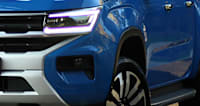
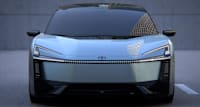
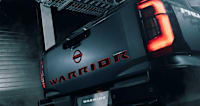
.jpg)

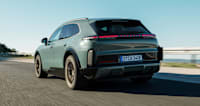
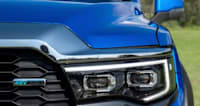
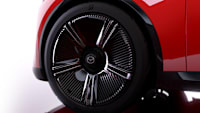
.jpg)
